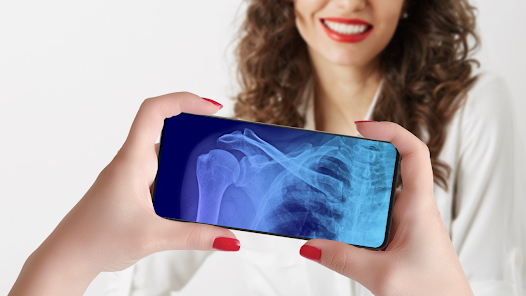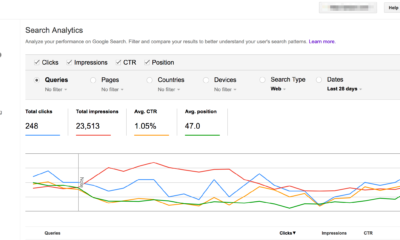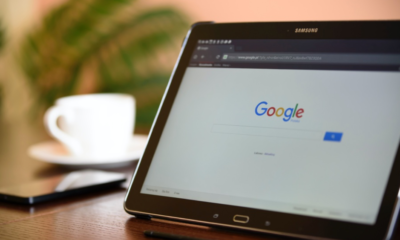News
Smartphones will soon have X-Ray vision capabilities: Report

Researchers at the University of Texas at Dallas are pioneering the development of smartphone chips that could soon allow users to see through walls and solid objects. This advancement, detailed in a report published by IEEE Xplore and highlighted by CBS News, marks the culmination of a 15-year project aimed at harnessing high-frequency signals rather than harmful X-rays.
The envisioned chip operates within the 200 GHz to 400 GHz frequency range, significantly different from traditional imaging methods like X-rays, which pose health risks due to their ionizing nature. Initial tests have already demonstrated the chip’s capability to penetrate obstacles such as dust, dense fog, and even cardboard sheets—areas where visible light fails to provide clarity.
Dr. Kenneth O, a prominent figure in electrical engineering and the director of the Texas Analog Center of Excellence at UT Dallas, expressed enthusiasm about the progress made. He likened the breakthrough to the famous quote from “Forrest Gump,” stating, “Life is like a box of chocolates; you never know what you’re going to get. But now? You’ll know.”
Despite the promising advancements, current limitations include the time-intensive process required to generate images due to the high pixel count involved. Dr. O remains optimistic, suggesting that with adequate funding, the technology could evolve to deliver instantaneous imaging capabilities suitable for everyday smartphone use within a few years.
The implications of this technology extend beyond mere curiosity. Future iterations of smartphones equipped with these chips could revolutionize various industries. For instance, applications could range from inspecting contents of envelopes and packages to assessing patients’ hydration levels in medical settings.
However, there are practical considerations. Presently, the object being scanned must be positioned no more than an inch away from the device, limiting its application in scenarios where distance is a factor. This safeguard is crucial to prevent misuse, such as covertly scanning personal belongings from afar.
Looking ahead, researchers anticipate refining the technology to overcome these challenges and expand its utility. Dr. O emphasized the goal of making this groundbreaking capability accessible to all, envisioning a future where smartphone users can harness its potential for everyday tasks seamlessly.
-

 Domains5 years ago
Domains5 years ago8 best domain flipping platforms
-

 Business5 years ago
Business5 years ago8 Best Digital Marketing Books to Read in 2020
-

 How To's6 years ago
How To's6 years agoHow to register for Amazon Affiliate program
-

 How To's6 years ago
How To's6 years agoHow to submit your website’s sitemap to Google Search Console
-

 Domains4 years ago
Domains4 years agoNew 18 end user domain name sales have taken place
-

 Business5 years ago
Business5 years agoBest Work From Home Business Ideas
-

 How To's5 years ago
How To's5 years ago3 Best Strategies to Increase Your Profits With Google Ads
-

 Domains4 years ago
Domains4 years agoCrypto companies continue their venture to buy domains








